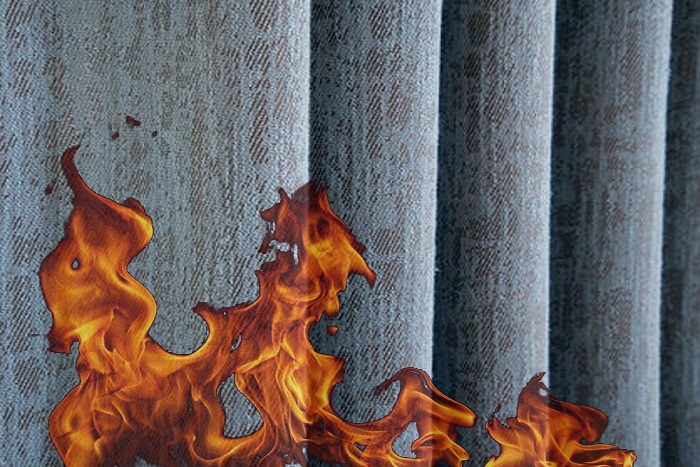The composite material based on resin and rubber contains a large amount of organic compounds and has certain flammability. Flame retardants are additives that can prevent the ignition of polymer materials or inhibit flame propagation. The most commonly used and most important flame retardants are compounds of phosphorus, bromine, chlorine, antimony and aluminum. According to the method of use, flame retardants can be divided into two categories: additive type and reactive type. Additive flame retardants mainly include phosphate, halogenated hydrocarbon and antimony oxide, etc. They are blended into the composite material during the processing of the composite material, which is convenient to use and adaptable but has an impact on the performance of the composite material. Reactive flame retardant is added into the polymerization system as a monomer raw material in the polymer preparation process, so that it is compounded to the polymer molecular chain through a chemical reaction, so it has little effect on the performance of the composite material and has long-lasting flame retardancy. . Reactive flame retardants mainly include phosphorus-containing polyols and halogenated acid anhydrides.
The
flame retardant used in composite materials should have the following properties:
①High flame-retardant efficiency, which can endow the composite material with good self-extinguishing or flame-retardant properties;
②It has good compatibility, can be well compatible with composite materials and is easy to disperse;
③It has a suitable decomposition temperature, that is, it does not decompose at the processing temperature of the composite material, but it can rapidly decompose when the composite material is thermally decomposed to exert the flame retardant effect;
④Non-toxic or low-toxic, odorless, non-polluting, and no toxic gas is produced during the flame retardant process;
⑤When combined with composite materials, the mechanical properties, electrical properties, weather resistance and thermal deformation temperature of the composite materials will not be reduced;
⑥ Good durability, can be retained in composite products for a long time, and exert its flame retardant effect;
⑦Wide source and low price.
(1) Bromine-based flame retardants. Bromine-containing flame retardants include aliphatic, alicyclic, aromatic and aromatic-aliphatic bromine-containing compounds. This type of flame retardant has high flame retardant efficiency and its flame retardant effect is chlorine resistance. Twice the flame retardant, the relative amount is small, it has almost no effect on the mechanical properties of the composite material, and can significantly reduce the hydrogen halide content in the fuel gas, and this type of flame retardant has good compatibility with the matrix resin, even if it is harsh There is no eruption under the conditions.
(2) Chlorine-based flame retardants Due to their cheapness, chlorine-based flame retardants are still widely used flame retardants. Chlorinated paraffin with the highest chlorine content is an important industrial flame retardant. Due to its poor thermal stability, it is only suitable for composite materials whose processing temperature is lower than 200°C. The thermal stability of chlorinated alicyclic hydrocarbons and tetrachlorophthalic anhydride Higher, often used as a flame retardant for unsaturated resins.
(3) Phosphorus-based flame retardants and organophosphorus compounds are additive flame retardants. The metaphosphoric acid generated when these flame retardants burn can form stable polymers, covering the surface of composite materials to isolate oxygen and combustibles, and play a Flame retardant, its flame retardant effect is better than bromide. To achieve the same flame retardant effect, the amount of bromide is 4 to 7 times that of phosphide. Such flame retardants mainly include phosphorus (phosphonate) esters, halogen-containing phosphate esters, and phosphorus halides, etc., and are widely used in epoxy resins, phenolic resins, polyesters, polycarbonates, polyurethanes, polyvinyl chloride, polyethylene, etc. Polypropylene, ABS, etc.
(4) Inorganic flame retardants Inorganic flame retardants are a class of flame retardants classified according to their chemical structure habits, including antimony oxide, aluminum hydroxide, magnesium hydroxide and zinc borate.
